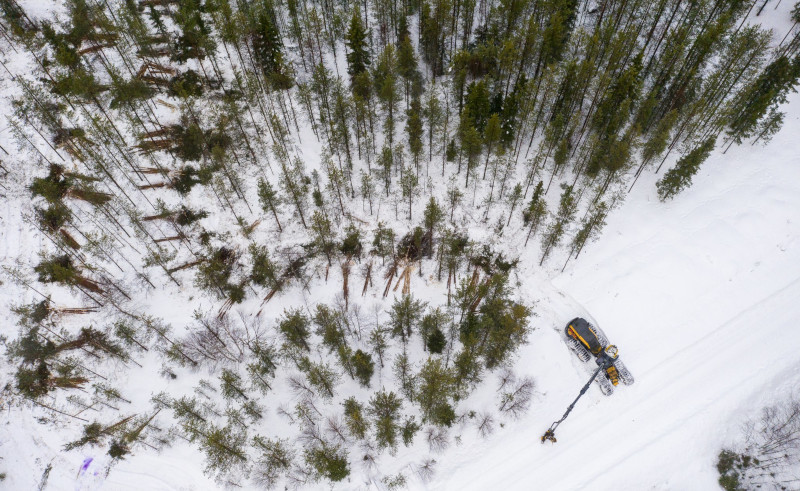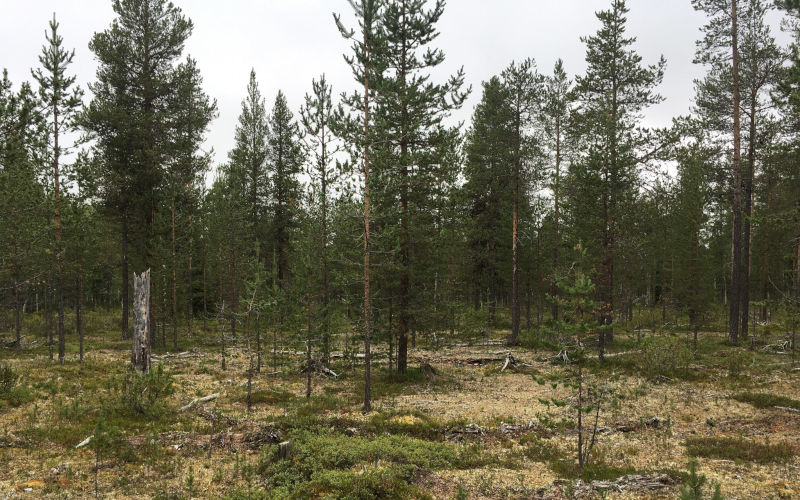Continuous cover forestry methods
Continuous cover forestry methods are used in areas requiring special attention, including forests where cover needs to be preserved to protect biodiversity or recreational or landscape values. Special felling techniques include mature thinning, retention felling, uneven-aged methods and gap felling.

Mature thinning
Mature thinning means the thinning of mature (regeneration-ready) forest. Mature thinning may be used to maintain forest cover while promoting the generation of a new seedling stand. Once the seedlings are established, the seedling stand can be grown for some time under the seed or shelterwood trees, thereby avoiding an open regeneration phase.
Retention felling
Retention felling is a regeneration felling that spares clearly more retention trees than usual. It can be used on sites with landscape values or where the aim is to increase the volume of deadwood over the long term.
Uneven-aged management methods
Uneven-aged management methods create and maintain an uneven-aged forest character and forest cover. In uneven-aged felling, management actions focus on specific groups of trees, while selective felling mainly comprises the removal of single trees. In both methods, trees are removed on a small scale and the forest is both regenerated and grown simultaneously. In other words, there are trees of many ages and sizes growing continuously on the site.
Gap felling
In gap felling, the site is regenerated in stages and the landscape character is preserved, making small gaps that vary in size and shape. Generally, gap felling is used across 20–25% of the total site area. In southern Finland the gaps are up to 0.3 hectares in size, while further north the maximum size of a gap is one hectare.
Exploring continuous cover forestry

We explore any new initiatives concerning the forests brough up in society with an open mind. While continuous cover forestry already is one of the management techniques used by Metsähallitus, we need more information about how this method affects biodiversity, carbon sequestration, susceptibility to damage and the profitability of forestry when practised across large areas.
We are also conducting trials to ensure that naturally generated saplings grow into healthy, high-quality trees that will bind carbon effectively.
A technique with no clear felling
We practise continuous cover forestry in areas for which it is best suited. The Finnish Government Programme contains the policy of increasing the area under continuous cover forestry in state-owned forests from 15% to 25% of all regeneration fellings.
The primary objective of continuous cover silviculture is to ensure that the forest canopy remains intact. As the main method of continuous cover forestry, we use felling techniques developed for uneven-aged silviculture: forest management selection cutting and planting in small clearings, the aim of which is a forest landscape which changes over time while continuously featuring trees of different ages and sizes.